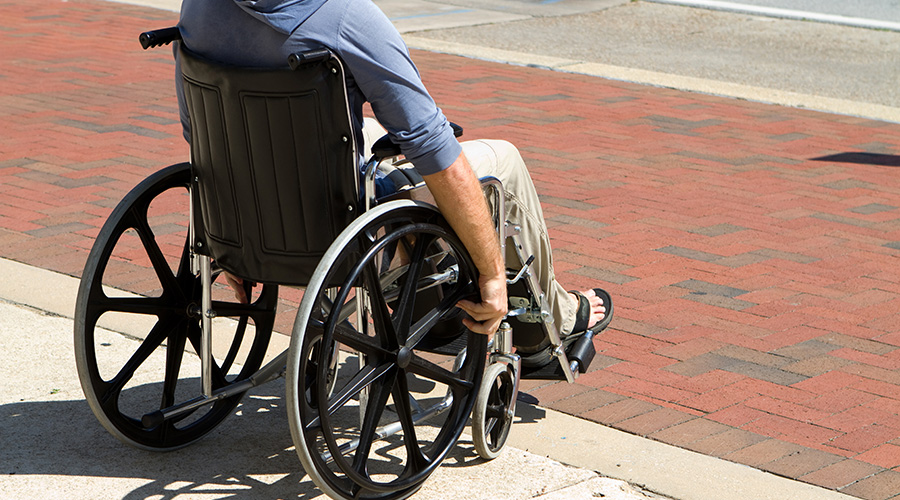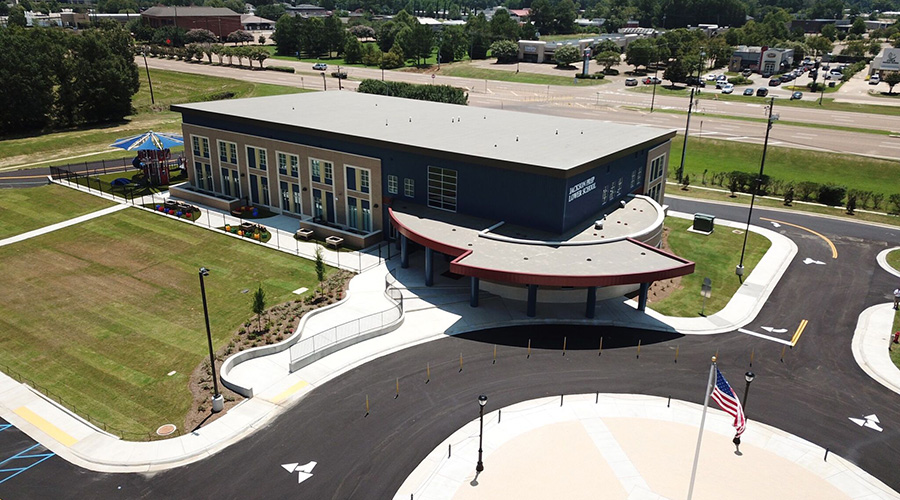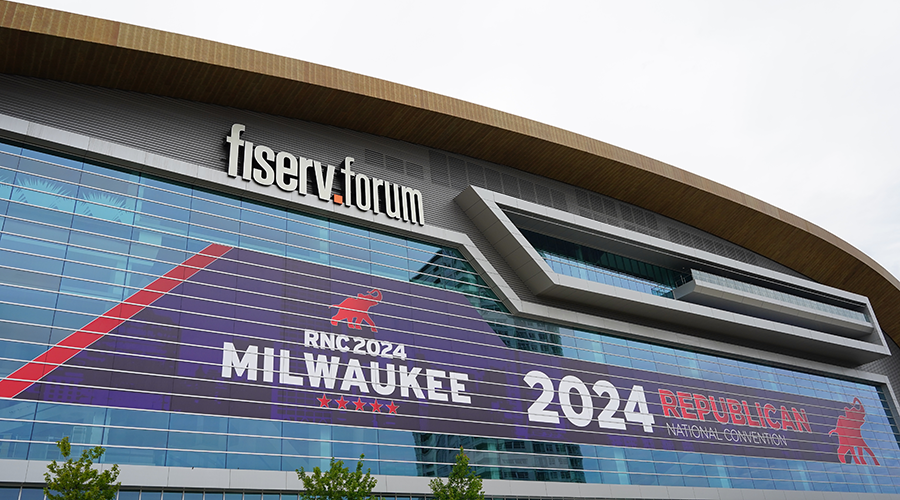
GSA Adopts Access Board's Public Right-of-Way Accessibility Guidelines
All new and altered public rights-of-way subject to ABA accessibility standards now must comply with technical accessibility requirements. July 17, 2024
By Dan Hounsell, Senior Editor
Despite the enactment of the Americans with Disabilities Act (ADA) more than 30 years ago, institutional and commercial facilities continue to struggle with compliance at building entrances, as well as in restrooms and other spaces in facilities. Now, organizations have a new set of accessibility requirements to comply with.
The General Services Administration (GSA) recently adopted the Access Board’s Public Right-of-Way Accessibility Guidelines (PROWAG) as part of the Architectural Barriers Act Accessibility Standards (ABAAS). The Architectural Barriers Act (ABA) requires federally constructed or leased facilities, and certain facilities constructed or leased with federal funds, to be accessible to people with disabilities.
GSA’s standard applies to all facilities subject to the ABA except for facilities belonging to the U.S. Department of Housing and Urban Development, the U.S. Department of Defense, and United States Postal Service (USPS), as they have their own standards.
With the adoption of PROWAG, all new and altered public rights-of-way subject to ABAAS, such as roads in a national park or streets on a U.S. Department of Veterans Affairs (VA) campus, now must comply with technical accessibility requirements. These requirements include accessibility features such as minimum sidewalk width, accessible pedestrian signals, accessible pedestrian loading zones, and accessible on-street parking.
Dan Hounsell is senior editor for the facilities market. He has more than 30 years of experience writing about facilities maintenance, engineering and management.
Next
Read next on FacilitiesNet












